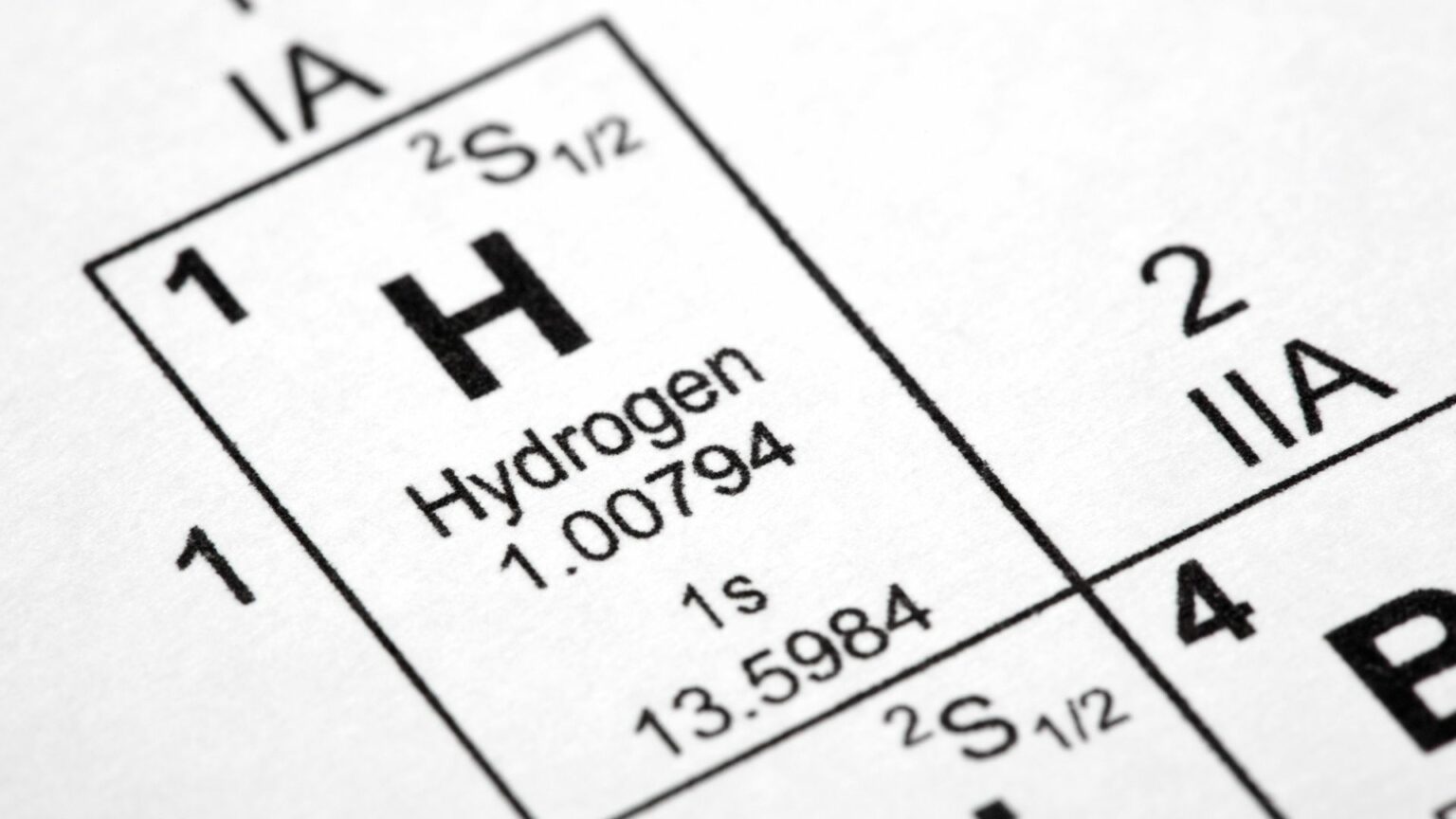New consortium, with former Energy Secretary Ernest Moniz and current Secretary Jennifer Granholm at the helm, aims to thrust hydrogen into the spotlight, propelling it towards a starring role in achieving net-zero emissions.
Fueled by the urgency of the Paris Agreement and bolstered by funding from the bipartisan infrastructure bill, the Biden administration has placed major bets on hydrogen’s potential. Seven geographically diverse hydrogen hubs are being established, utilizing local resources and expertise to produce the clean gas.
The consortium’s mission is clear: to establish a robust market for clean hydrogen, enabling its widespread adoption across industries and transportation.
Moniz envisions clean hydrogen replacing natural gas in heavy industries like steel production, while also powering long-haul trucks and even ships – potentially using ammonia as a hydrogen carrier. This ambitious plan goes beyond traditional industrial uses, seeking a truly transformative impact on various sectors.
H2DI’s initial phase encompasses five years of planning, evaluation, and market building, with a potential five-year extension contingent on success. Moniz emphasizes the project’s adaptability, highlighting their intent to “reshape the consortium appropriately” based on progress and emerging opportunities.
While the consortium focuses on these established forms, a glimpse into the future comes with the term “white hydrogen” – naturally occurring hydrogen trapped in geological formations. While its economic viability remains unclear, discoveries in Mali, France, and ongoing research suggest exciting possibilities.
H2DI’s ambitious quest to create a clean hydrogen market represents a significant step towards a decarbonized future. By harnessing the expertise of diverse partners and focusing on key industries and transportation, this initiative has the potential to finally give hydrogen its long-awaited starring role in the clean energy revolution.





